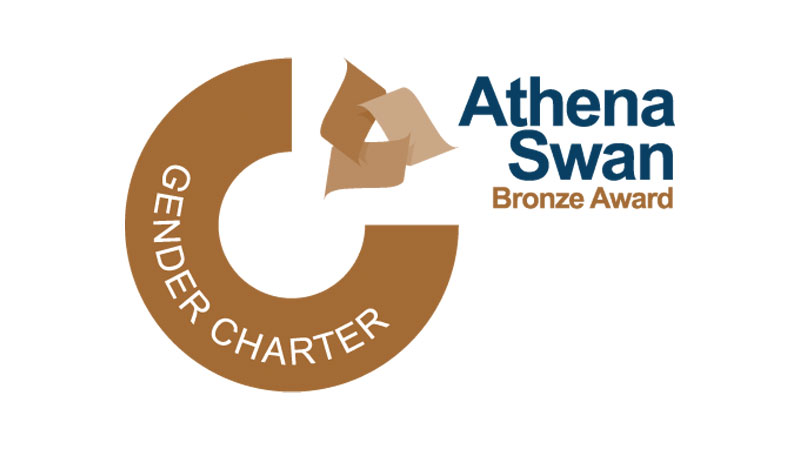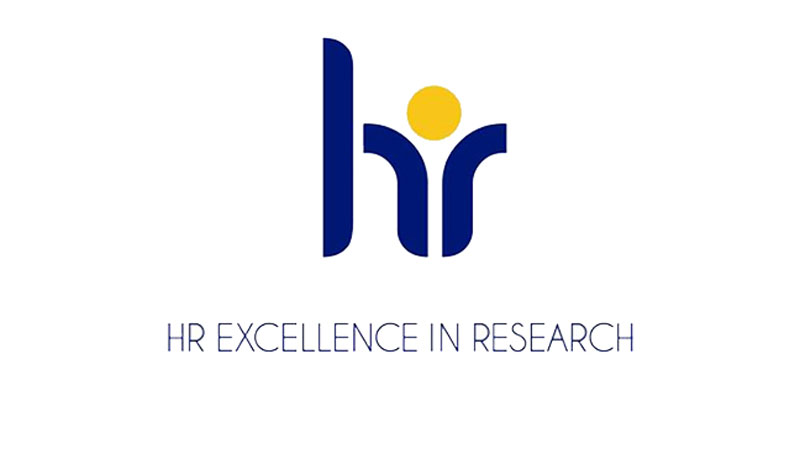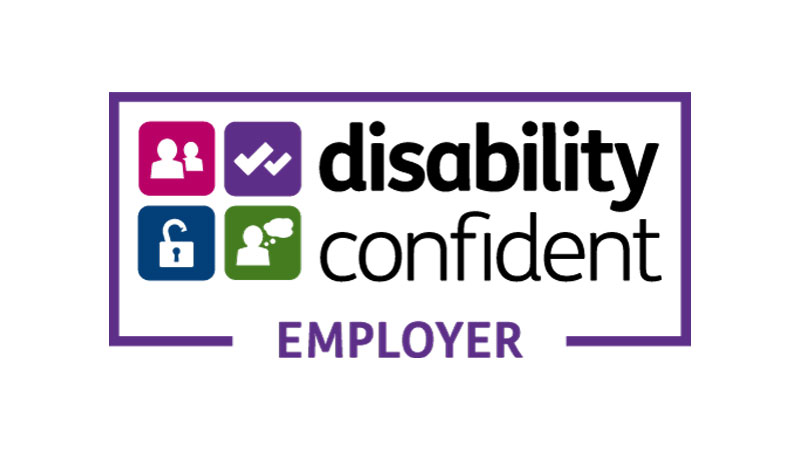At Oxford Brookes University, we are committed to ensuring the very best staff and student experience where all our community can flourish in a culture of respect and support, where we celebrate difference and thrive on each other's success. Further information about our activities to advance equality, diversity and inclusion (EDI) can be found on this site.
Equality, Diversity and Inclusion
February
Oxford Brookes University is proud to be part of the annual celebration of LGBTQ+ History Month, joining universities, schools, local authorities, voluntary organisations and employers, with a programme of events and activities to highlight the history and achievements of LGBTQ+ communities and perspectives on LGBTQ+ inclusion.

EDI Advice (Staff)
EDI Advice (Students)









